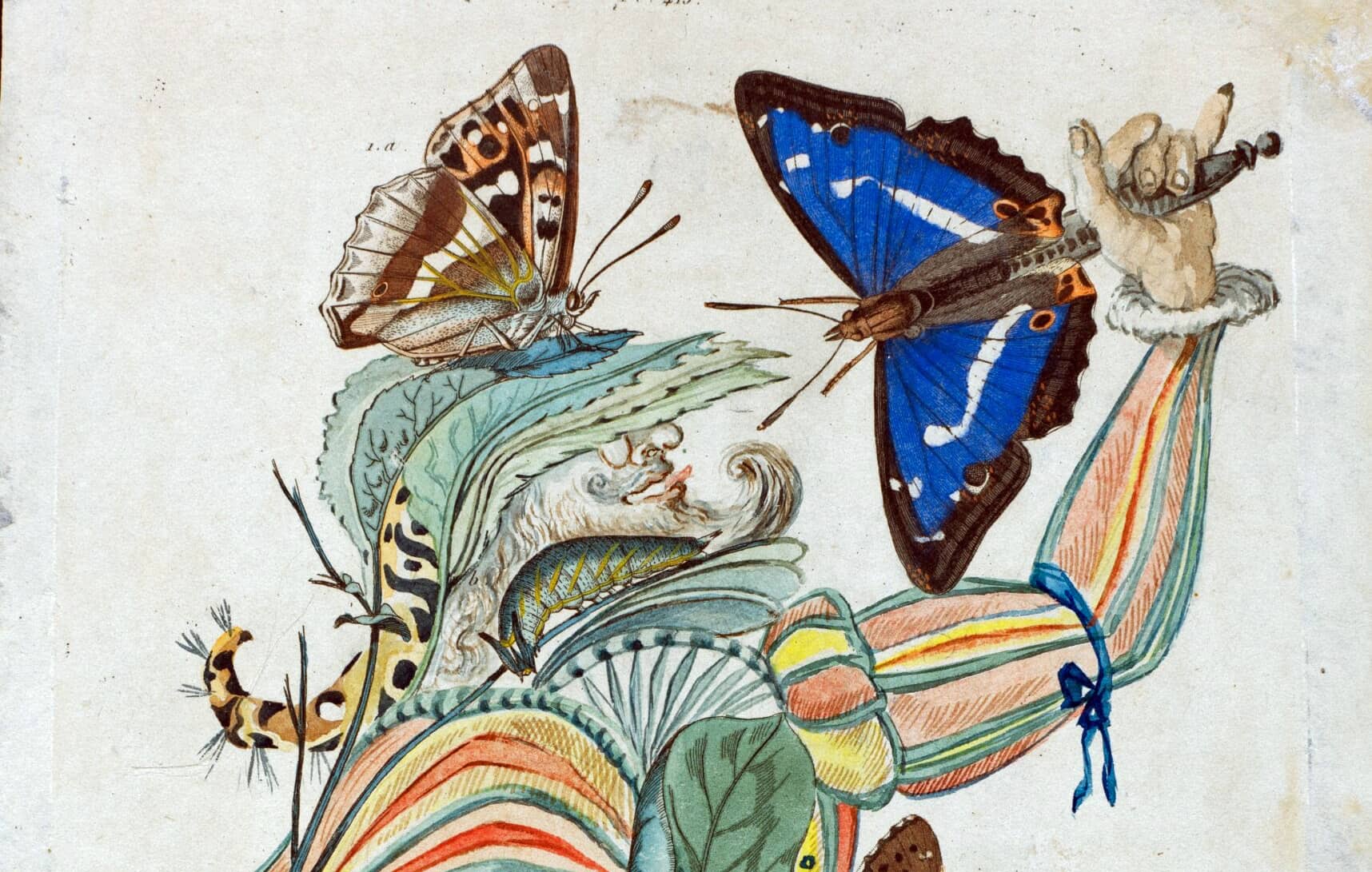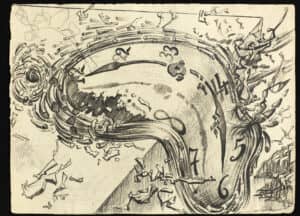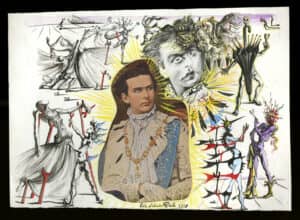Create
Draw the line: Dali exhibit is all about works on paper

Up on the third floor of the Dali Museum, the gallery lights are kept at a lower-than-usual level for the newest exhibition. Where Ideas Come From: Dalí’s Drawings includes more than 100 works on paper, spanning much of the artist’s lifetime. The earliest drawing is from 1916, when Salvador Dali was a teenager.
The majority of the works came from the Dali Museum’s permanent collection. “Pencil, charcoal, pen, watercolor, pastel … anything on a piece of paper, we are calling drawing,” executive director Hank Hine declared.
Unlike oil on canvas, or sculpture, these were not made to last. Paper, of course, is fragile by nature, and the acids used in its production will dry and dissolve the medium over time.
And prolonged exposure to light causes oxidation. That’s why the lighting in the gallery is only moderate, and why the exhibit panels are kept in total darkness when the museum is closed.

Salvador Dalí, Study for Soft Watch Exploding, 1954; Ink and pencil on paper; 5 in x 6 ¾ in; Collection of The Dalí Museum, St. Petersburg, FL.
Many of the great Surrealist’s drawings have been in dark storage for more than 30 years, to reduce exposure to light.
Where Ideas Come From doesn’t open to the public until Saturday (May 27); exhibit curator Peter Tush led a preview tour Tuesday, pointing out the gradual evolution in Dali’s thought processes and artistic styles.
Four sections (Early Period; Surrealism; Nuclear Mysticism, Classicism and Religion; and Late Period) feature studies for major oil paintings, portraits, experimental drawing techniques and commercial projects.
“He’s developing ideas,” Hine said. “For him, painting was the ultimate refinement of that idea. Many of these are preparatory to the paintings we have, so he’s going through the thought process. It’s like building a building and sketching out what it might look like – what kind of entry it would have, and figuring out how one part relates to another. Drawing is really useful in that way.”
There are melting clocks, half-people, optical illusions and unnerving imagery – all the things we’ve come to expect from the Wizard of Weird. Dali aficionados will appreciate transformations and studies for The Sacrament of the Last Supper (1955) and Christ of St. John of the Cross (1951).
Study for ‘Disappearing Images’ (1939) marks the beginnings of Old Age, Adolescence Infancy (The Three Ages), the well-known 1940 oil in The Dali’s collection.
And alongside the studies for his great oils, there are elaborate line drawings, gouaches and even watercolors that stand alone as compelling – and often confounding – works of art.
Which, for Dali, was par for the course. “The artists that he admired so much, like Ingres, and Michelangelo, and Raphael, they perfected their drawings so that they’re finished works,” Hine explained.
“Some of these are really sketches – you can see, they’re not even centered on the page: ‘Here’s a piece of paper, I’ve got to get this down.’ And others are consummate finished works.”

Salvador Dalí, Drawing for “Bacchanale,” Ludwig II of Bavaria, 1939; Ink, watercolor, gouache and collage on paper; 8 in x 12.5 in; Collection of The Dalí Museum, St. Petersburg, FL.
Two new acquisitions are also being featured: Drawing for ‘Bacchanale,’ Ludwig II of Bavaria (1939), a ballet-inspired portrait of King Ludwig II of Bavaria, and Untitled (Paranoiac Face) (c. 1935), a frontispiece dedicated to Paul Éluard from Dali’s book Conquest of the Irrational.
In addition, the museum is unveiling a hands-on “Draw Like Dali” section, with a series of instructional videos, sketchpads and pencils.
Conservator Sonja Jordan-Mowery performed the necessary preservation work on the 85 pieces that needed a bit of scientific TLC.
“Each piece is individual, so she has to look at it and identify what the problems are,” said Shaina Harkness, the Dali’s head librarian and collection manager. “The majority of it was discoloration and light oxidation. Dependent on the media – whether it’s ink, pen, pencil – then she can determine how she treats it. A gouache can’t be submerged in a bath, so it’s spot cleaning. Some things were able to be bleached, like pencil. But it’s also dependent on the type of paper.
“So she tests all of those, the ink or the graphite, and then she’ll do a little spot treatment in the corner, just to make sure than she can continue with the full conservation.”
Jordan-Mowery will give a talk during the Aug. 12 “Coffee With a Curator” event at the museum, during which she’ll explain the painstaking process of rescuing fragile art on paper from the ravages of time.
In the meantime, the gallery lights will be switched to “off” when nobody’s around. “I keep a spreadsheet that tracks how many hours the works are exposed to light,” Harkness said. “So 100 years from now, a conservator or museum staff will see OK, this is what has been done since it was fully restored.”
Public exhibition is, after all, what art museums are all about. “Conservation experts will tell you that the perfect environment to keep a work of art preserved, without any changes forever, is in a darkened, Argon gas-filled tube,” explained Hine. “It’ll never change.
“And what we’re involved in is some kind of happy medium.”

Dali Museum curator Peter Tush guiding Tuesday’s preview of “Where Ideas Come From.” Photo: Bill DeYoung.







